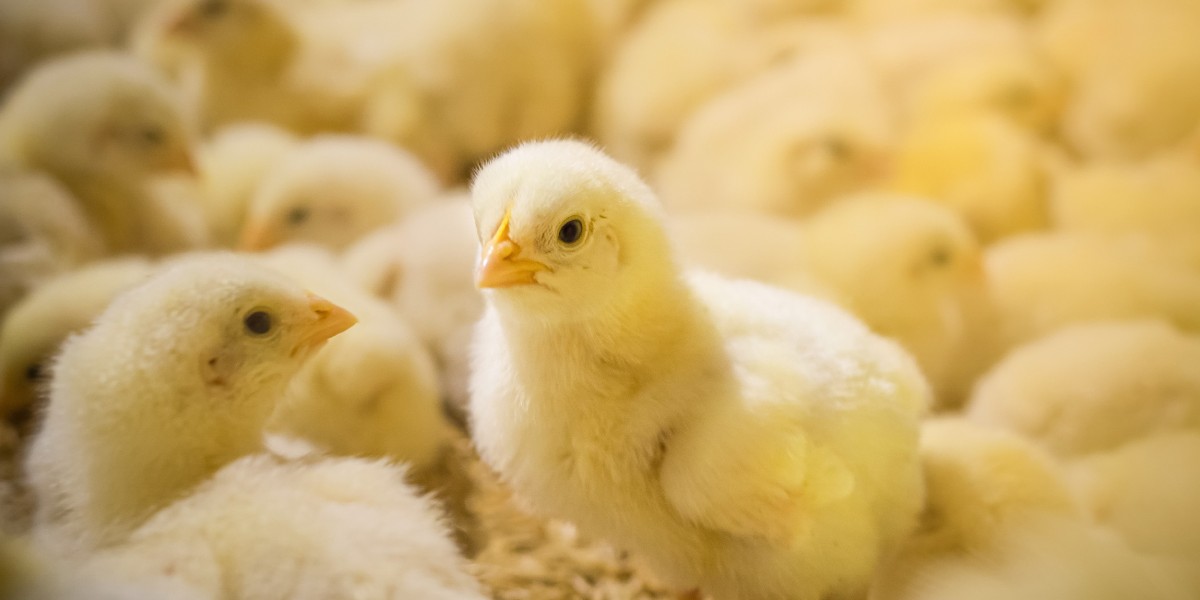Antibiotic use in commercial poultry production has become a widespread practice since the mid-20th century. While antibiotics helped support the rapid growth of the industrial poultry industry, their extensive use has also raised public health concerns in recent decades. This article explores the history and current state of antibiotic use in poultry, examines their benefits as well as risks, and discusses initiatives to regulate their use going forward.
Early Antibiotic Adoption and Growth Promotion Effects
Antibiotics began being routinely added to poultry feed in the 1950s as discoveries revealed their capacity to promote growth in chickens and turkeys when administered at sub-therapeutic levels. Farmers quickly adopted the practice as it led to birds reaching market weight up to 10-15% faster. This "growth promotion" effect was widely considered one of the major technological drivers enabling the industrialization and economies of scale seen in modern poultry production. By the 1960s, antibiotics had become standard additives used across the US commercial poultry industry.
Public Health Risks of Antibiotic Resistance
As Poultry Antibiotic use proliferated, scientists began warning of growing antibiotic resistance in disease-causing bacteria. Of particular concern was the potential for antibiotic resistant bacteria to spread from food animals to humans, jeopardizing the effectiveness of medically important antibiotics. Studies showed commercial poultry operations could be reservoirs for antibiotic resistant strains of Salmonella and Campylobacter, which are leading causes of bacterial foodborne illness in humans. The World Health Organization declared antibiotic resistance one of the top global public health threats for the 21st century.
Alternatives to Growth Promotion and Disease Prevention
While antibiotics conferred clear production benefits to the poultry industry for decades, public pressure mounted to curb their use over resistance concerns. Producers have since explored alternative strategies to maintain bird health and productivity. Improved sanitation, vaccination programs, selective breeding, and probiotic supplements have shown promise as natural disease prevention methods. For growth promotion, feed additives like prebiotics, acidifiers and essential oils have offered viable substitutions. Additionally, all-vegetarian and pasture-raised production models have proven antibiotic use can be excluded without compromising yields.
Get more insights on: - Poultry Antibiotic
For Enhanced Understanding, Dive into the Report in the Language that Connects with You:-










